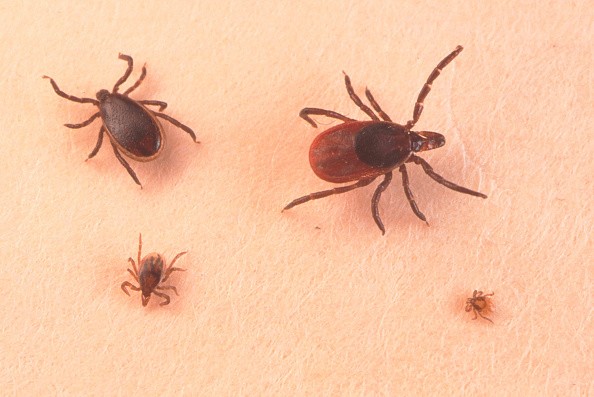Food is essential for survival, but one East African mite is adapted to migrate without food for eight years. Not only did they live for a total of 27 years, but they also bred long after the death of the last male tick.
Julian Shepherd, an associate professor of biological science, discovered its longevity and fertility after Argus Brumpti ran out of suitable food sources for the species.
He received the mites as a gift in 1976 and decided to observe them in his laboratory in a stable habitat. He knew little about the original group of mites surviving until the next century and their offspring living and breeding today.
The survival of ticks in a laboratory

According to the Binghamton University, Argus brumpti is a type of soft tick found in southern and eastern Africa. The biggest difference other than the common tick and A. brumpti is the eating habits. A. brumpti mites are less bloated, eat faster and eat more often.
Shepherd said he was endowed with the talent of mites collected in Kenya in 1976 and decided to study them in a stable habitat established in his laboratory.
After studying mites for 45 years, Shepherd published his findings in the Journal of Medical Entomology. In the publication of 'Record Longevity and Reproduction of an African Tick, Argas brumpti,' Shepherd observed the record adaptability and tick survival, as per Newsweek.
The scientist was given 6 adult females, 4 adult males, and 3 Argus brumpti nymphs. He only knew little information about the animal's surviving decades with previous scientifically unknown tick lifespan feats.
However, the mites survived without food until the last original male tick died four years later, while the female lived for another four years. Shepherd then reintroduced the feeding of female mites. Also, discovered another amazing feature of A. brumpti.
At least one of the females bred and laid multiple eggs. Asexual reproduction of mites is rare, meaning that this species can store viable sperm for long periods of time. This sperm longevity and long-term storage is record-breaking compared to other mite species.
The egg replaces contained male and female offspring that were still alive in 2022. Further research can be done on these offspring to obtain more information on the viability and ability of A. brumpti to save water and energy. These findings may extend beyond the ticks in Shepherd's lab.
The ticks are being sent for further testing
Like these mites, other animals are known to long last incredibly without food. For example, microscopic animals, like tardigrades and water bears, are known to survive without food for 30 years.
Olms, a type of cave salamander, can live for up to 10 years without food, while large crocodiles can live for over a year without food.
The record-breaking tick has now been sent to South African scientists for further testing. "By studying how organisms overcome such challenges, we can gain a better understanding of how other organisms, including us, can overcome similar challenges," Shepherd said.
© 2025 NatureWorldNews.com All rights reserved. Do not reproduce without permission.





